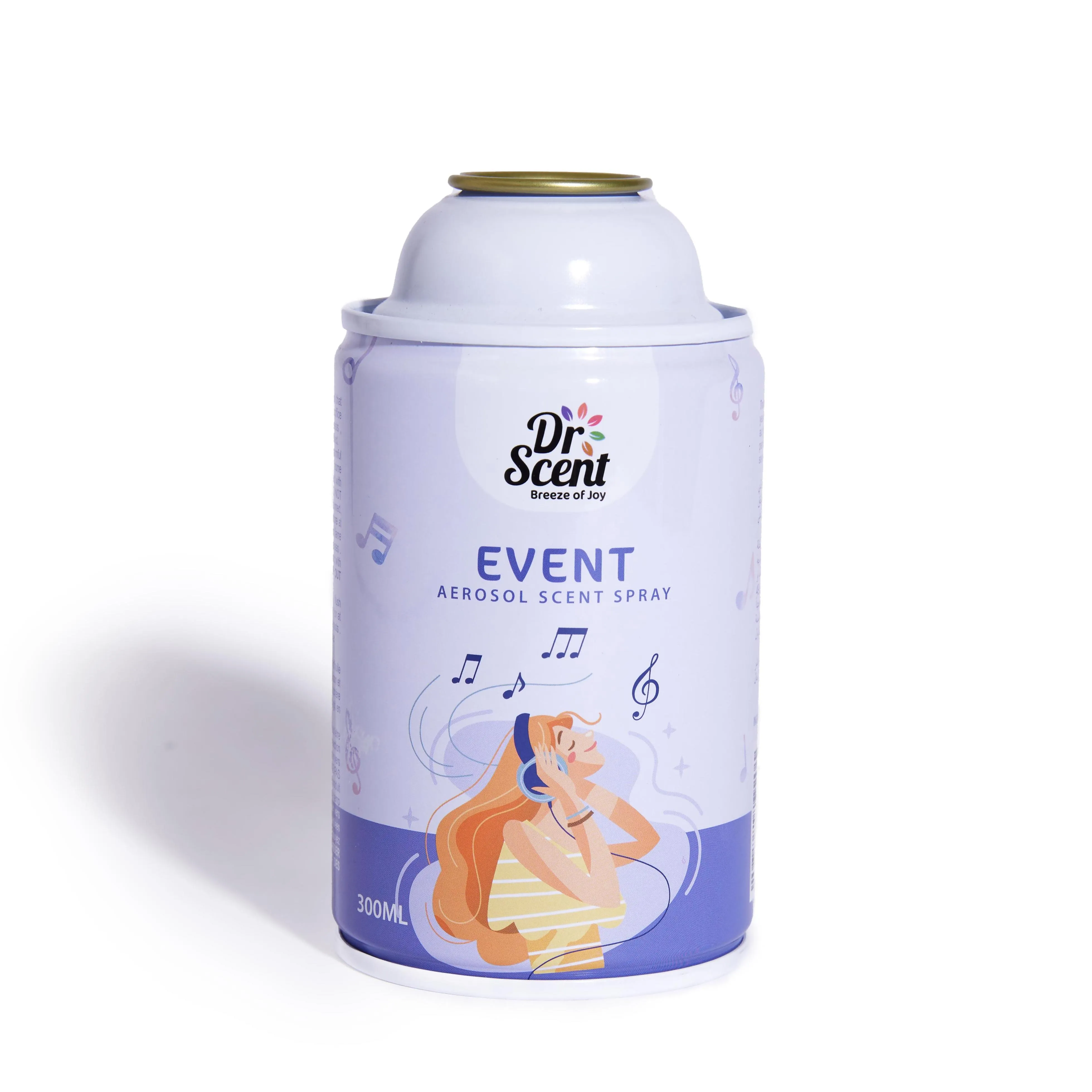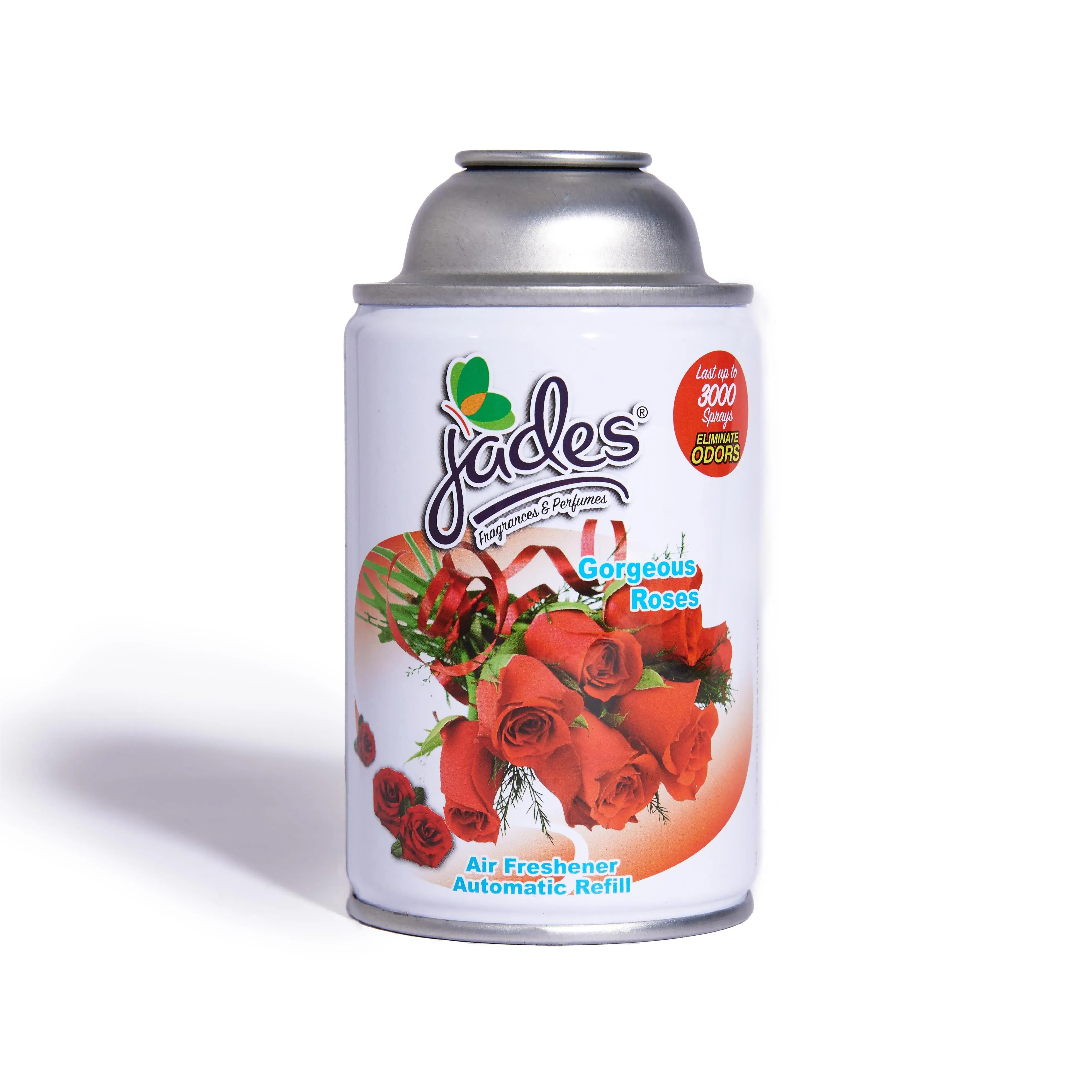The tightness of aerosol tin cans is crucial to their functionality and safety. Manufacturers take a series of measures during the production process to ensure the tightness of aerosol tin cans, including material selection, manufacturing process, quality control and testing methods. This article will explore these measures in detail, revealing how manufacturers ensure the tightness of aerosol tin cans, and provide reference for the industry.
1. Material selection
The tightness of aerosol tin cans depends first on the choice of its materials. Manufacturers usually use high-quality materials to make the tank body, valves and nozzles of aerosol tin cans.
● Tank material:
The tank body of aerosol tin cans is usually made of tinplate or aluminum alloy. These materials have excellent corrosion resistance and mechanical strength, and can remain stable under high pressure conditions to prevent leakage.
For example, tinplate is a tin-plated steel with good rust resistance, while aluminum alloy is light and not easy to rust, which is suitable for making aerosol tin cans.
● Valve and nozzle materials:
The valve and nozzle parts are usually made of corrosion-resistant and high-pressure resistant plastic or metal materials. These materials not only have good sealing performance, but also can withstand the high pressure inside the aerosol tin cans to prevent leakage.
Commonly used materials include polymer materials such as polypropylene and polyethylene, as well as metal materials such as stainless steel.

2. Manufacturing process
Exquisite manufacturing technology is the key to ensuring the sealing of aerosol tin cans. Manufacturers use a variety of advanced processes in the production process to ensure the sealing and quality of the products.
● Stamping:
The production of the tank body usually adopts the stamping forming process, and the metal sheet is stamped and formed by high-precision molds to ensure the precise size and smooth surface of the tank body, reducing the potential risk of leakage.
● Welding and sealing:
The upper and lower parts of the tank body are connected by welding process. Commonly used welding methods include resistance welding, laser welding, etc. These welding methods can provide high-strength welding joints to ensure the overall sealing of the tank body.
To further improve the sealing, some manufacturers will also apply a layer of sealant on the welding part to enhance the leak-proof performance of the weld.
● Valve assembly:
During the assembly process of the valve, it is necessary to ensure that the valve and the tank are tightly combined. Manufacturers usually use automated assembly equipment to accurately control each step of the assembly process to ensure the sealing between the valve and the tank.
3. Quality control
A strict quality control system is the guarantee to ensure the sealing of aerosol tin cans. Manufacturers implement all-round quality control during the production process to ensure the sealing and safety of each aerosol tin cans.
● Raw material inspection:
Before the start of production, the manufacturer strictly inspects all raw materials to ensure that they meet the relevant standards and requirements. Including testing the thickness, hardness and surface quality of metal sheets, and evaluating the corrosion resistance and pressure resistance of plastic materials.
● Production process control:
During the production process, the manufacturer monitors the production line in real time through automated equipment and sensors to ensure that each process is within the control range. For example, monitoring of pressure and temperature during stamping and forming, and control of current and time during welding.
● Finished product inspection:
After production is completed, the manufacturer conducts sampling inspection on each batch of aerosol tin cans. The inspection items include sealing test, pressure test, corrosion resistance test, etc. Through these tests, products with problems can be discovered and eliminated in time to ensure that the quality of aerosol tin cans shipped out of the factory is qualified.

4. Testing methods
Manufacturers use a variety of testing methods to ensure that the sealing of aerosol tin cans meets the standards. These testing methods include:
● Pressure test:
Pressure test is a common method for testing the sealing of aerosol tin cans. By applying a certain pressure to the inside of the can, observe whether it has leakage. Common pressure testing methods include water pressure test and air pressure test.
● Leak detection:
Leak detection is an important means to ensure the sealing of aerosol tin cans. Manufacturers use automated leak detection equipment to leak each aerosol tin can. Leak detection equipment usually uses gas sensors or liquid sensors, which can quickly and accurately detect tiny leaks.
● Corrosion resistance test:
Corrosion resistance test is an important method for testing the corrosion resistance of aerosol tin cans materials. By placing aerosol tin cans in a specific corrosive environment (such as a salt spray test chamber), observing the changes on its surface and inside, and evaluating its corrosion resistance.
Conclusion
The sealing of aerosol tin cans is the basis of their functionality and safety. Manufacturers ensure the sealing of aerosol tin cans through material selection, manufacturing process, quality control and testing methods. These measures not only ensure the quality and safety of the product, but also enhance consumer trust and satisfaction.

